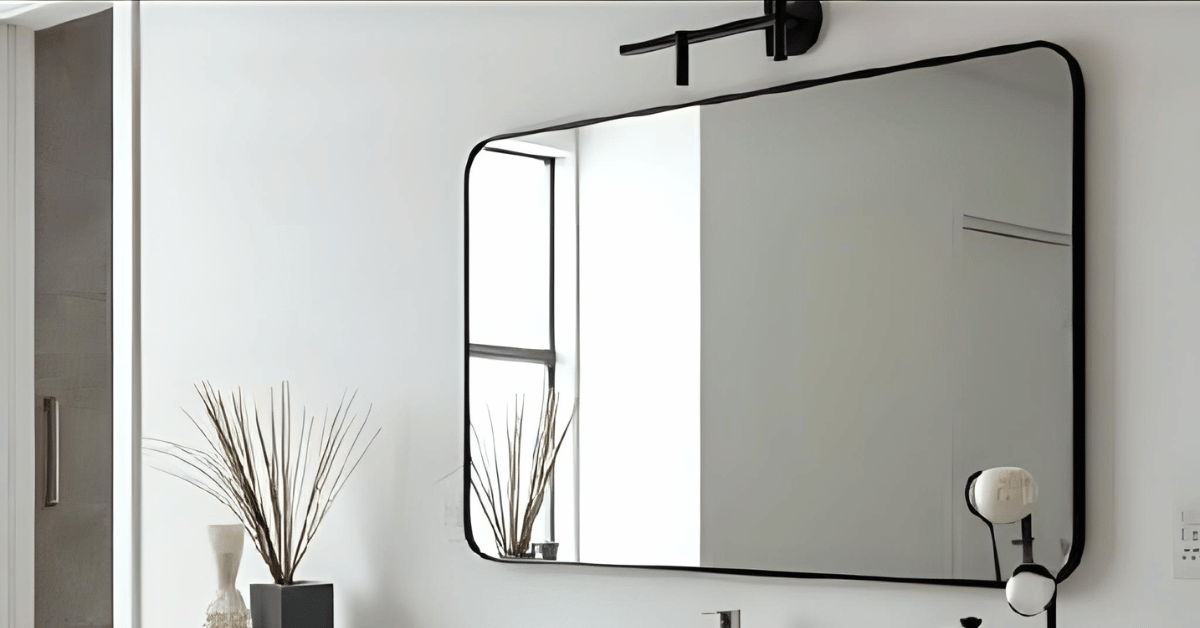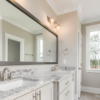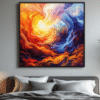Proper mirror hanging does more than complete a room—it can influence light, amplify space, and establish symmetry. But a mirror that’s hung incorrectly, even slightly off-center or at the wrong height, can throw off an entire design. This practical guide is designed to support professionals, property owners, and even interior decorators in streamlining their approach to mirror hanging with thoughtful precision.
Gulf Coast Installations provides expert mounting and TV installation services throughout Naples and Ft. Myers, Florida. We’re equipped to handle everything from oversized framed mirrors to intricate wall displays. Our number is (239)-682-1077—give us a call when you’re ready to take the stress out of your next mounting project.
Why Proper Mirror Hanging Shouldn’t Be Overlooked
The placement of a mirror is often more strategic than people assume. It’s not simply about what looks good on a wall—it’s about visual alignment, proportion, safe anchoring, and enhancing architectural balance. An ill-positioned mirror can clash with ceiling lines, furniture, and natural light.
Professional mirror hanging also prevents structural damage. Mounting heavy mirrors without the correct hardware or technique can lead to drywall damage or worse, mirror breakage. While mirrors can certainly elevate a room’s aesthetic, they also require technical execution to ensure safety and durability.
Wall Material Considerations for Mirror Hanging
Before any measurements begin, the surface you’re working with must be identified. Whether it’s drywall, plaster, brick, or tile—each requires different tools and hardware for safe, long-lasting installation.
For example, drywall requires anchors designed to support weight over time. Brick calls for a masonry bit and proper wall plugs. Hanging a mirror on tile adds another level of complication due to cracking risk and the need for a diamond drill bit.
Always evaluate the type of wall to avoid wasted time or irreversible damage.
Tools and Materials Required Before You Start
Mirror hanging doesn’t require an elaborate toolbox, but it does demand precision tools. Without these, even the most elegant mirror can end up uneven or unstable:
- Level (laser or standard bubble)
- Stud finder
- Wall anchors (toggle bolts, Molly bolts, etc.)
- Measuring tape
- Pencil or chalk for marking
- Screwdriver or power drill
- Protective gloves for glass handling
Larger or unusually shaped mirrors may call for French cleats or Z-bars for added support.
Measuring and Marking: The Foundation of Balanced Mirror Hanging
Measurements need to be exact. A mirror hung even one inch off can create imbalance, especially in modern or minimalist spaces.
Begin by identifying the center point of the intended wall. Take note of nearby furniture—will the mirror sit above a console, sofa, or bathroom sink? Measure from the furniture’s top edge up to where the mirror should start, maintaining proportional clearance on all sides.
The vertical center of the mirror should land roughly 57-65 inches from the floor, depending on eye-level in the room. Use your level to draw a horizontal line where the top edge of the mirror will rest, and mark your anchor points precisely.
How to Safely Anchor the Mirror
Securing the mirror isn’t about guesswork. It’s about ensuring your chosen hardware can handle the mirror’s weight.
- Weigh the mirror. If the weight is unknown, consult manufacturer specs or use a scale if possible.
- Use the right anchors. Lightweight mirrors (under 15 lbs) may work with basic plastic anchors. Heavier mirrors require toggle bolts or metal wall anchors. If possible, always anchor into a stud.
- Drill with intention. Don’t over-tighten screws. Leave a small gap if using keyhole slots to allow the mirror to slide on smoothly.
If hanging with wire, ensure the wire is secured tightly to D-rings and check for fraying. Pull the wire to simulate the hanging arc and measure the drop to your anchor height.
Special Considerations for Unusual Mirror Shapes
While most tutorials focus on rectangular mirrors, many modern homes incorporate round, oval, or asymmetrical mirrors. These add character but complicate alignment.
Round mirrors need center-focused mounting. Determine the midpoint of both the mirror and the wall space. With an oval, alignment depends on the longest axis—make sure that axis is either vertical or horizontal and centered properly.
Asymmetrical mirrors should be treated as sculptures. Use templates cut from cardboard to test placement and make marks on the wall without handling the glass until final installation.
Mirror Hanging in Commercial and High-Traffic Spaces
Mirrors in public or commercial environments require higher safety standards. These often include safety backing or shatterproof material. In high-traffic locations like retail stores, restaurants, or hotel lobbies, professional mirror hanging with reinforced brackets or specialty anchors is crucial.
Security mounts may be used to ensure the mirror cannot be easily removed or dislodged. Gulf Coast Installations frequently works with business owners across Naples and Ft. Myers to ensure commercial spaces are visually striking and code-compliant.
Frequently Asked Questions
What’s the ideal height for mirror hanging?
The center of the mirror should be roughly 57-65 inches from the floor, depending on ceiling height and the intended function of the mirror.
Can you hang a heavy mirror on drywall without a stud?
Yes, but you’ll need high-quality toggle bolts or wall anchors rated for the mirror’s weight. Always verify the mirror’s weight first.
What if my mirror has two D-rings?
Measure the distance between them and use two wall hooks or screws spaced at the same distance on the wall. Use a level to align both hooks accurately.
Do I need a professional to hang a mirror?
For large, heavy, or complex installations, yes. A professional has the right tools and experience to prevent costly damage. Gulf Coast Installations handles all wall-mounted items, including Samsung TVs and designer mirrors.
How do I hang a mirror over a fireplace?
Measure the width of the mantle, and center the mirror accordingly. Maintain at least 4-6 inches of clearance from the mantle surface.
Can I hang a mirror on tile or brick?
Yes, but you’ll need specialized drill bits and masonry anchors. These materials require care to prevent cracking or chipping.
Mirror Hanging Made Easy With Expert Installation
There’s no substitute for precision. If you’re tired of crooked mirrors or mismatched alignment, or you simply don’t want to risk damage to your walls, Gulf Coast Installs can help. We proudly serve the Naples and Ft. Myers area with high-grade mounting services, including TV installation and mirror hanging of all sizes and styles.
No mirror is too heavy, and no wall is too complicated. Give us a call at (239)-682-1077 or reach out through our contact form to schedule a visit.







